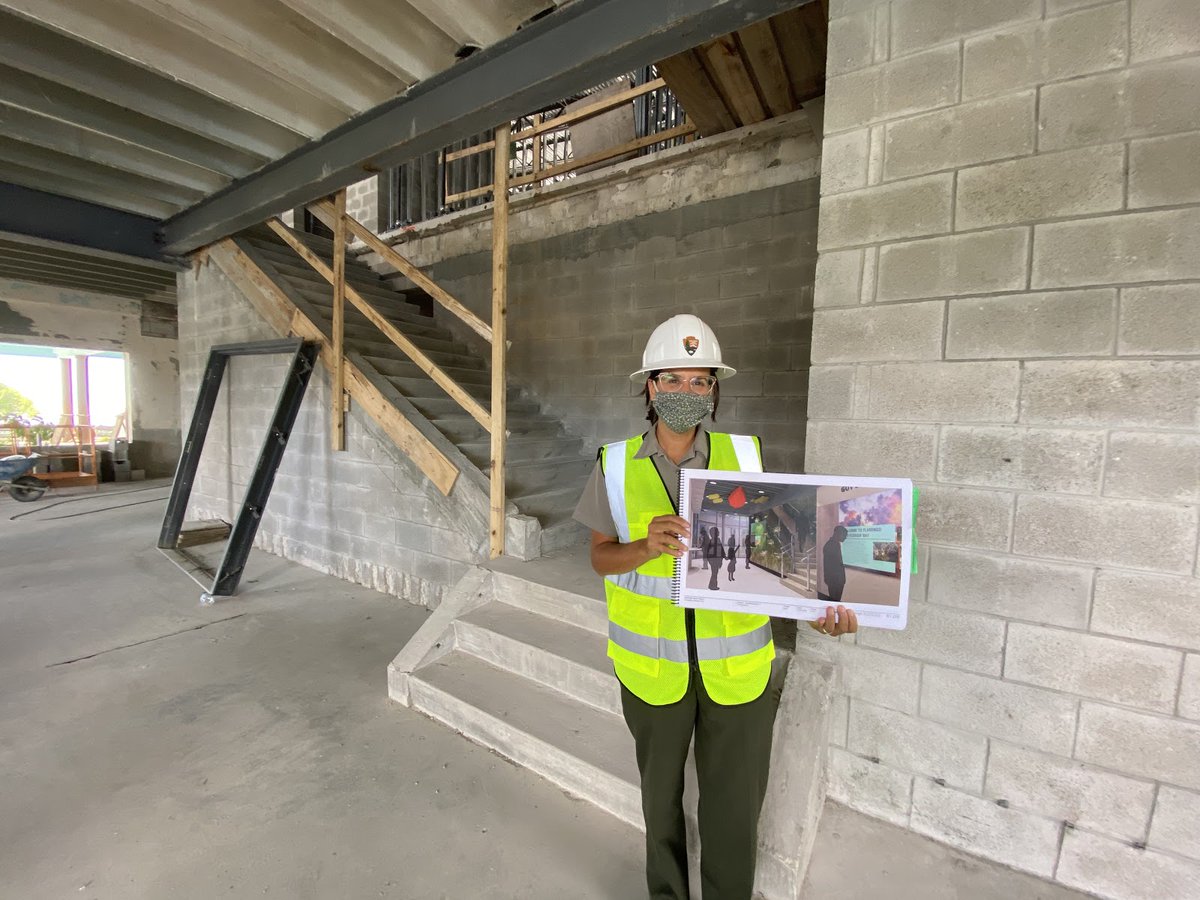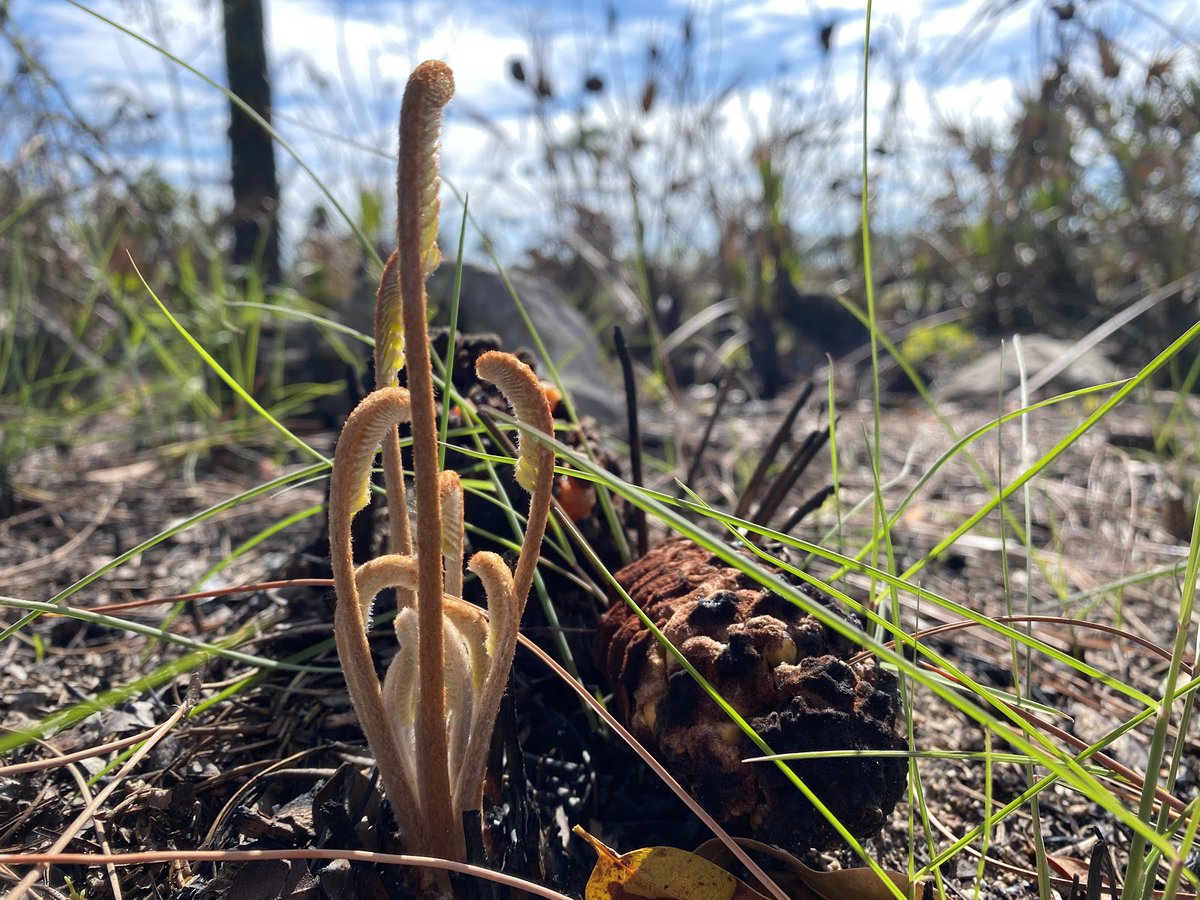
Spring has sprung, and it's wading bird nesting season!
We just closed access to Paurotis Pond in the park, but for good reason: wading birds, including Wood Storks like the ones pictured here, are doing what they're supposed to do and are raising babies.
Pic: Anthony Sleiman
We just closed access to Paurotis Pond in the park, but for good reason: wading birds, including Wood Storks like the ones pictured here, are doing what they're supposed to do and are raising babies.
Pic: Anthony Sleiman

This closure will help limit human disturbance to these threatened birds as they nest.
Two of the larger bird colonies we watch in the park are Broad River and Cabbage Bay colonies, both located in western Everglades National Park.
Two of the larger bird colonies we watch in the park are Broad River and Cabbage Bay colonies, both located in western Everglades National Park.

Wood Storks started nesting in both colonies in mid-January, and their numbers have increased since then with around 500 nests in Broad River and 300 nests in Cabbage Bay. They also recently began nesting, although late, in Paurotis Pond.
And what about the other wading birds? Roseate Spoonbills have also begun nesting, and park and partner scientists have counted at least 70 Roseate Spoonbill nests at Broad River and 50 nests at Cabbage Bay.
Large numbers of White Ibis have started nesting at Cabbage Bay (6-8,000 nests) and they are now courting in another colony called Otter Colony (400 birds counted). White Ibis nest numbers are expected to increase at these and other colonies yet to be surveyed.
• • •
Missing some Tweet in this thread? You can try to
force a refresh










